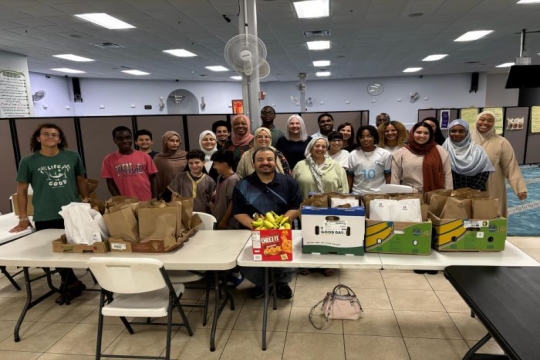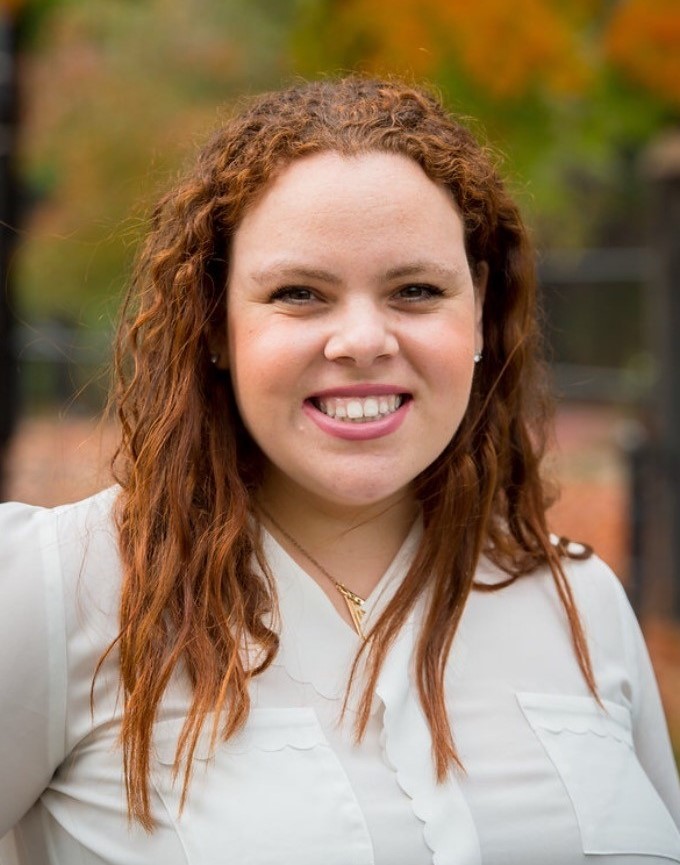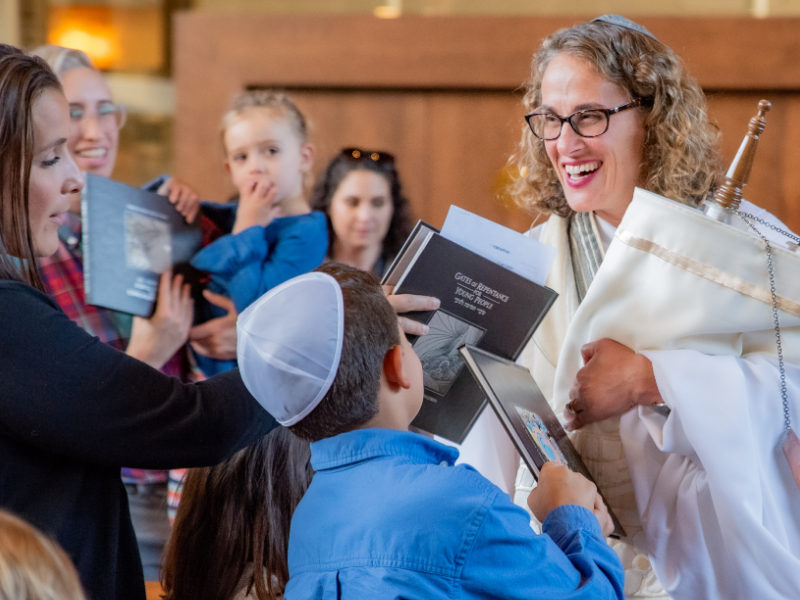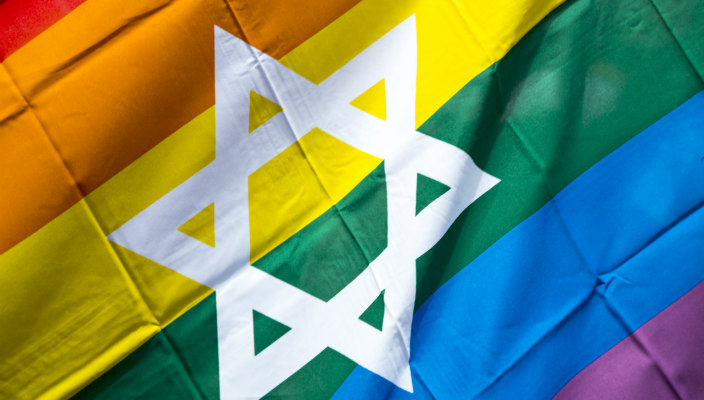
At a recent Pride Shabbat, among our many blessings we explored Parashah Sh’lach L’cha and celebrated the last weekend of LGBTQIA Pride Month together. If you are unfamiliar with that acronym, LGBTQIA stands for Lesbian, Gay, Bisexual, Transgender, Queer, Intersex, and Asexual. For brevity, many in our community use the umbrella term “queer.”
The week’s portion was rich and full. God commands Moses to send spies to scout out the land of Israel. Most report that the land flows with milk and honey, but it will be impossible to conquer because the people are giants and the spies are but grasshoppers. Two spies, Caleb and Joshua, contradict their comrades, assuring Moses they can conquer the land. God also instructs Moses to tell us to place fringes (tzitzit) on the four corners of our garments – a reminder to fulfill all God’s commandments.
The path to the land of milk and honey is not simple. Encountering obstacles and wandering through the desert were essential to the journeys of our ancestors just as our own difficulties are part of our stories, shaping us into who we are.
I came out as gay when I was 15. Looking back, I was incredibly young and vulnerable, but in the moment, felt I was already late, having spent months beforehand berating myself for not being brave enough to come out. Remembering how lonely and isolated I felt – like no one knew who I truly was – I imagine such feelings are not uncommon among teens. For queer teens and others whose identities are significantly marginalized, the loneliness carries a different weight. Once I came out, I finally could be the person I always knew I was.
Even today, though, every time a well-intentioned person asks if I have a boyfriend or a form requests information about husbands and wives rather than partners, the message is this: “You are not one of us.” After pointing out these inequities, the most infuriating responses include these: “Most people are straight,” or “We don’t have queer families in our temple religious school, but if we did, we’d definitely welcome them.”
My response is simple: “You do.”
You have queer families in your community. You have transgender and gender non-conforming people in your pews. You have kids who are questioning their gender or sexuality and wondering if their temple youth group is a place in which they can feel safe. These statements are true for every synagogue, school, and community across the world. We cannot wait for LGBTQIA people – or disabled people, Jews of Color, people with mental illness, or other marginalized individuals -- to knock on our door and ask us to be more inclusive. It will never happen. They will go – and they have gone – elsewhere.
As a synagogue membership and engagement professional I am continually amazed by how many synagogue membership applications still ask for names of “husband” and “wife” and request parents choose “male” or “female” when enrolling children in religious school. This practice is unacceptable.
When someone says, “It’s an old form,” the message is: “Maintaining outdated systems is more important to us than our people.” Regardless of technological challenges, forms can be changed, words can be adjusted, and language must reflect our work to be inclusive.
I recently attended a funeral at a congregation out-of-state. Both beforehand on the website and at the synagogue, I sought a sign that this was a safe space for members of the queer community. I looked for an LGBTQIA social group, a welcome statement, a small rainbow – any of which would signify the community as welcoming to my whole self. Just as tzitzit remind us to fulfill God’s commandments, so too must they remind us to adorn our spaces with signs of welcome and love. Such signs do not replace the one-on-one work to welcome people, but it’s a first step to get people in the door and demonstrate, up front, that they need not hide or pretend. In this sacred space, our signs say, they can be themselves.
Celebrating Pride Month is a meaningful and important step and a realistic way for congregations to move beyond “warm and welcoming” into the real work (and it is work!) of inclusion. We won’t always get it right, but we have to make the effort, including sharing pronouns, which for some is a new concept and for others, a familiar and welcome gesture. We all need to recognize, though, that change takes time, commitment, and a willingness to be vulnerable.
Indeed, there is no true land of milk and honey, no moment in which we get it all right, no day to celebrate the end of our inclusion efforts, no crossing it off our to-do lists. Inclusion is an ongoing conversation, a spiritual practice, and a commitment to continue to learn and grow together.
This post is adapted from remarks delivered at Temple Adas Israel in Sag Harbor, NY, on Friday evening, June 28, 2019.
Have something to say about this post? Join the conversation in The Tent, the communications and collaboration platform for congregational leaders of the Reform Movement. You can also tweet us or tell us how you feel on Facebook.
Related Posts

Five URJ Pages to Bookmark Today
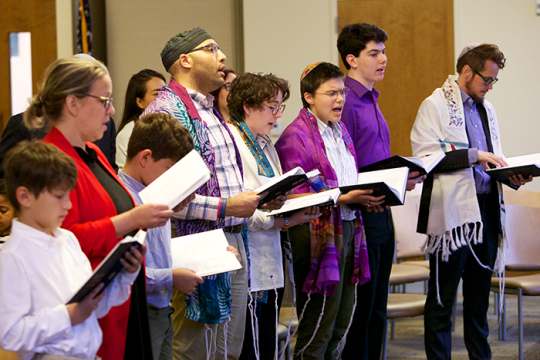
Collaboration and Connection Power Small Congregations
